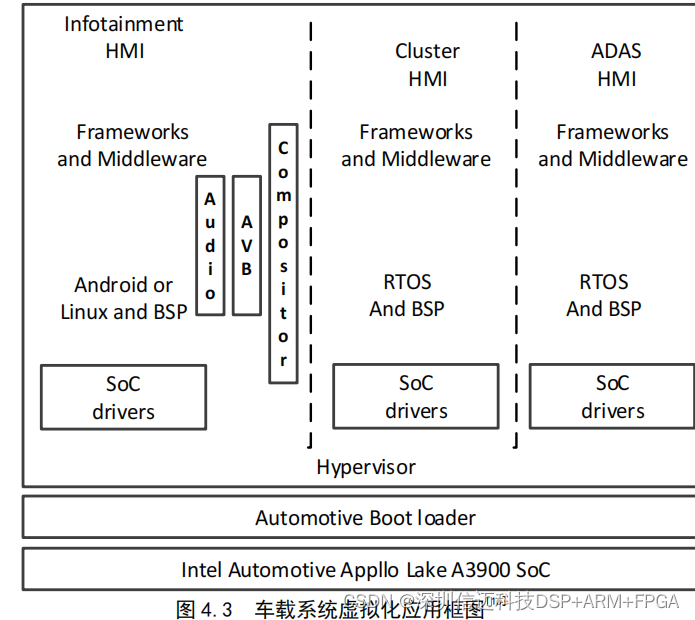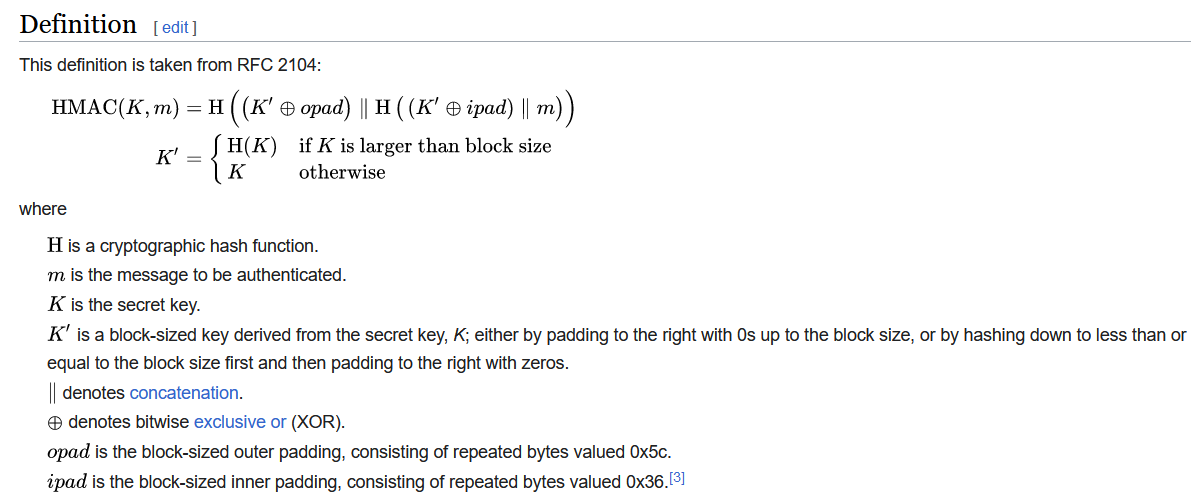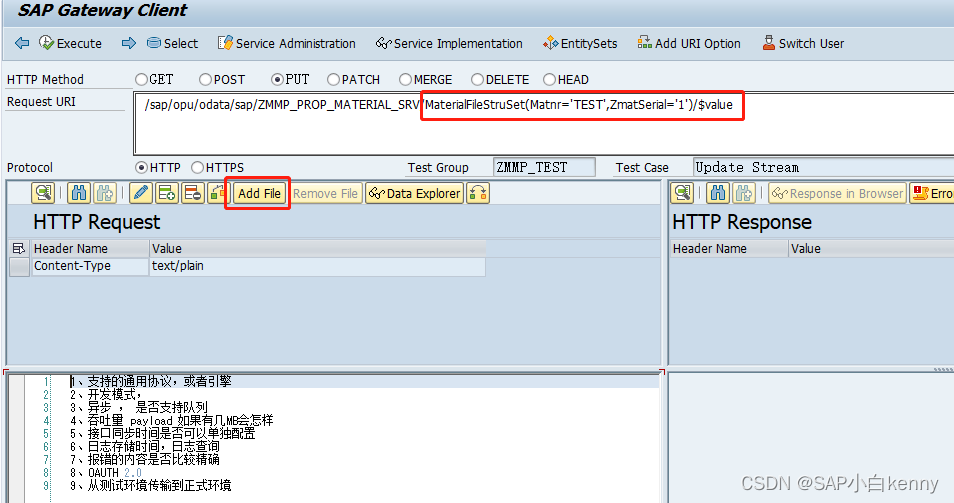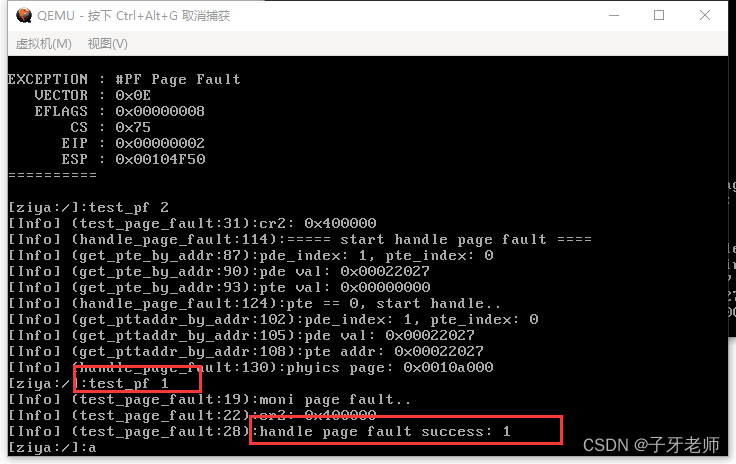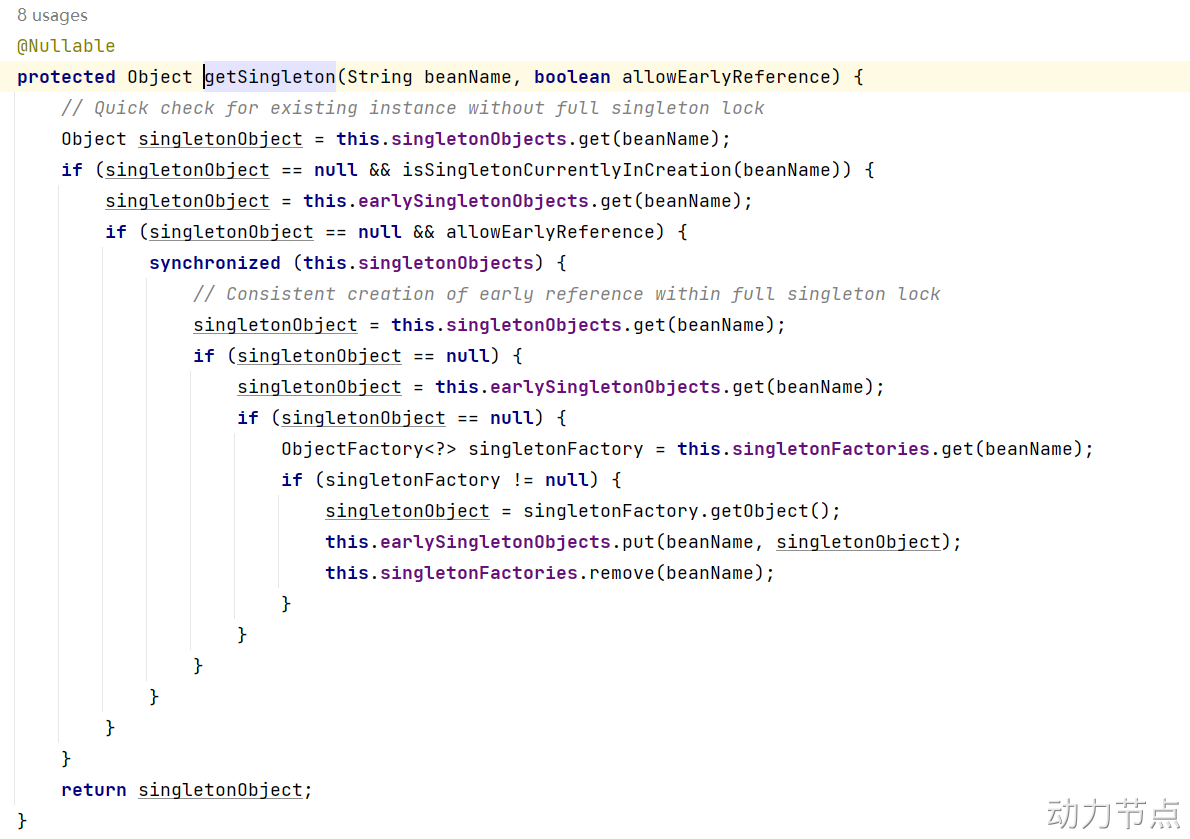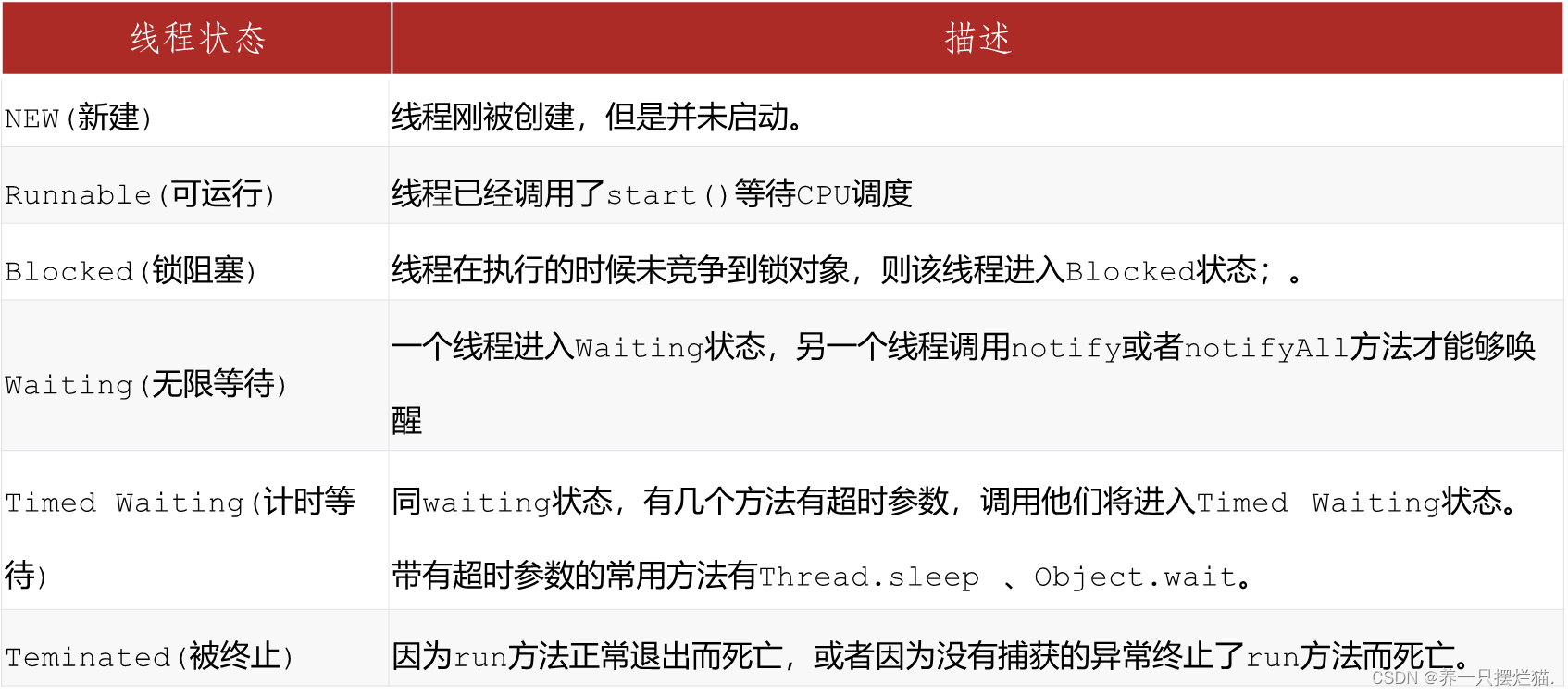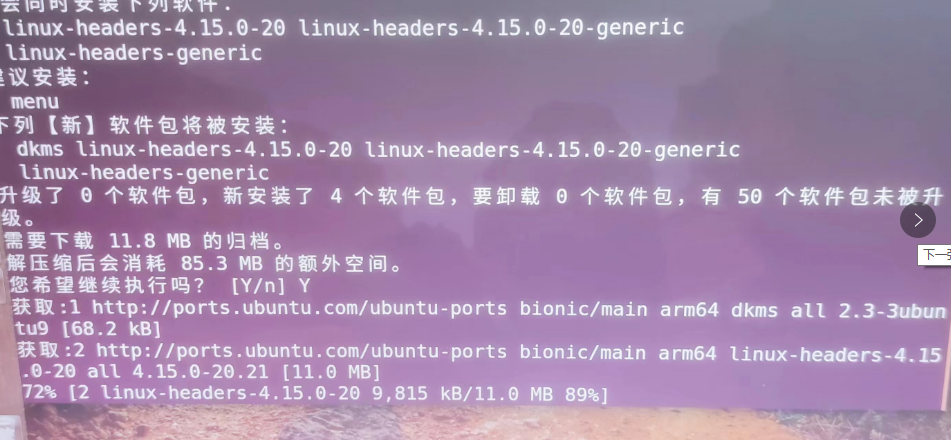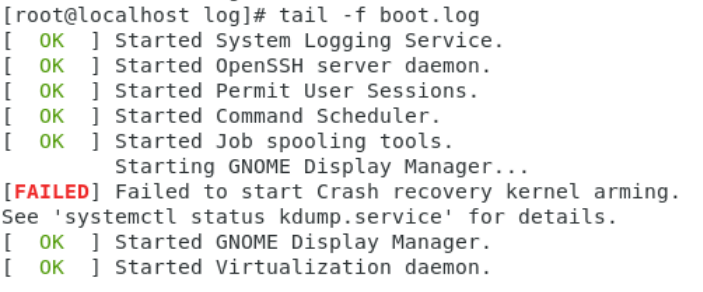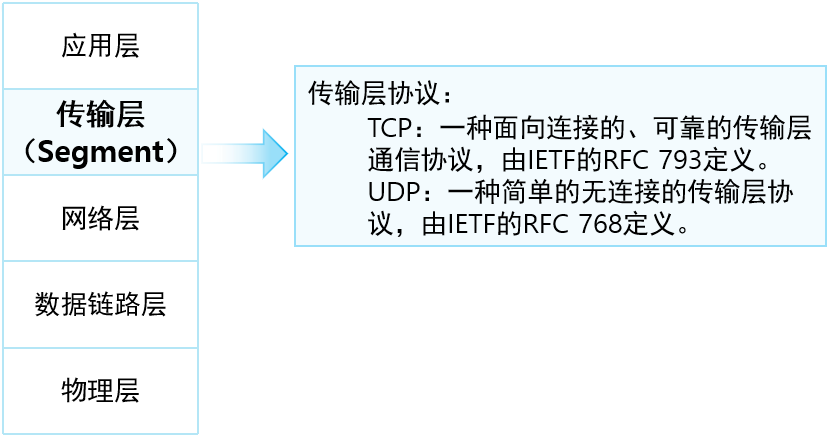今日内容
二、线程安全的集合
三、死锁
四、线程通信
五、生产者消费者
六、线程池
零、 复习昨日
创建线程的几种方式 1) 继承 2) 实现Runnable 3) callable接口 Future接口 4) 线程池
启动线程的方法 start()
线程的几种状态
什么是线程不安全
setName getName
Thread.currentThread()
join
sleep
synchronized
一、作业
售卖后车票
package com.qf.homework;
public class Window implements Runnable {
// 票(加static,被该类所有对象共享)
private static int ticket = 100;
// 售票任务
@Override
public void run() {
while (true) {
synchronized (Window.class) {
if (ticket > 0) {
try {
Thread.sleep(500);
} catch (InterruptedException e) {
e.printStackTrace( );
}
System.out.println(Thread.currentThread( ).getName( ) + "有余票,正在售出" + ticket);
ticket--;
} else {
System.out.println("票已售完");
return;
}
}
}
}
}
public static void main(String[] args) {
new Thread( new Window() ,"窗口1").start();
new Thread( new Window() ,"窗口2").start();
new Thread( new Window() ,"窗口3").start();
}
二、线程安全的集合
StringBuffer是线程安全的,是因为每个方法都加上synchronized,即都是同步方法
StringBuilder没有加


ArrayList是线程不安全
Vector 是线程安全

HashMap 是线程不安全
Hashtable 是线程安全

比HashMap安全,比Hashtable快,即安全又快的集合ConcurrentHashMap[很重要]
三、死锁
死锁: 互相持有对方的锁还不释放
public class MyLock {
static Object zuo = new Object();
static Object you = new Object();
}
public class Boy extends Thread{
@Override
public void run() {
synchronized (MyLock.zuo){
System.out.println("男朋友-拿到左筷子" );
synchronized (MyLock.you) {
System.out.println("男朋友-拿到右筷子,开吃" );
}
}
}
}
public class Girl extends Thread{
@Override
public void run() {
synchronized (MyLock.you){
System.out.println("女朋友-拿到右筷子" );
synchronized (MyLock.zuo) {
System.out.println("女朋友-拿到左筷子,开吃" );
}
}
}
}
public class TestDeadLock {
public static void main(String[] args) {
new Boy().start();
new Girl().start();
}
}
男生先拿到zuo锁,再去获得you锁即可吃饭
但是you锁在女生那里,女生需要获得zuo锁才能吃饭
即 男生需要的you锁被女生拿着,女生需要的zuo锁被男生拿着
互相持有对方的锁,还不释放,就会出现"死锁" 程序卡死,不往下执行,持续阻塞
四、线程通信
线程通信,就是线程之间产生联系.
即通知,例如线程A执行到一定时候会
停下,同时通知另外的线程B执行,
线程B执行到一定时候,也停下,通知线程A执行
以上操作需要Object类的方法
- wait() 让当前线程等待
- notify() 唤醒一个处于等待状态的线程
特殊的:
- wait和notify方法需要在同步方法或者同步代码块内执行
- wait会让当前线程进入等待状态,让出资源,其他线程可以执行
问 wait和sleep有什么区别?
答:
wait是Object类的方法,sleep是Thread类方法
wait和sleep都可以让当前线程进入阻塞状态
但是wait阻塞当前线程,会让出系统资源,其他线程可执行;但是sleep阻塞当前线程,会持有锁不释放,其他线程无法执行
wait需要在同步方法或同步代码快中使用,但是sleep可以在同步或非同步都可以使用
ps: 搞个表格
wait sleep 不同点 属于Object类中的方法,需要再同步代码块或同步方法中。 属于Thread方法,可以同步或不同步的执行。 相同 让线程阻塞,会让出系统资源 让线程阻塞,持有锁不释放资源
问 为什么wait和notify方法要设计在Object类中?
答: 因为锁可以是任意对象,有因为wait和notify需要被 锁对象调用,所以锁对象任意,wait和notify方法也能被任意对象调用,所以就设计在Object类中,因为Object类是所有类的父类
需求: 昨天打印机方法,让print1()和print2()方法交替执行
package com.qf.notify;
public class Printer {
// 具体哪台打印机执行的标志
private int flag = 1;
// 现在使用同步方法,print1和print2方法由同一个对象打印机对象调用
// print1方法和print2方法锁是同一个,是this,即打印机对象
public synchronized void print1() {
if (flag != 1) {
try {
// 锁是谁,就用谁调用wait
// 当前线程就陷入等待,会让出资源释放锁
this.wait();
} catch (InterruptedException e) {
e.printStackTrace( );
}
}
System.out.print("1 ");
System.out.print("2 ");
System.out.print("3 ");
System.out.print("4 ");
System.out.print("\r\n");
// 干完活,修改标志
flag = 2;
// 通知另外一个处于等待状态的线程
// 锁是谁,用谁调用方法
this.notify();
}
public synchronized void print2() {
if (flag != 2) {
try {
this.wait();
} catch (InterruptedException e) {
e.printStackTrace( );
}
}
System.out.print("A ");
System.out.print("B ");
System.out.print("C ");
System.out.print("D ");
System.out.print("\r\n");
flag = 1;
this.notify();
}
}
// 测试
public class TestNotify {
public static void main(String[] args) {
Printer printer = new Printer( );
new Thread(){
@Override
public void run() {
while (true){
printer.print1();
}
}
}.start();
new Thread(){
@Override
public void run() {
while (true){
printer.print2();
}
}
}.start();
}
}
换用同步代码块实现
package com.qf.notify;
public class Printer {
// 锁对象
private Object obj = new Object();
// 具体哪台打印机执行的标志
private int flag = 1;
// 现在使用同步方法,print1和print2方法由同一个对象打印机对象调用
// print1方法和print2方法锁是同一个,是this,即打印机对象
public void print1() {
// 同步代码块,现在锁是字节码文件
synchronized(Printer.class) {
if (flag != 1) {
try {
// 锁是谁,就用谁调用wait
// 当前线程就陷入等待,会让出资源释放锁
// 用字节码锁来调用wait方法
Printer.class.wait( );
} catch (InterruptedException e) {
e.printStackTrace( );
}
}
System.out.print("1 ");
System.out.print("2 ");
System.out.print("3 ");
System.out.print("4 ");
System.out.print("\r\n");
// 干完活,修改标志
flag = 2;
// 通知另外一个处于等待状态的线程
// 只能唤醒在此对象监视器(加过锁的)上等待的单个线程.
// 如果没有加锁,直接调用该方法唤醒线程,会报错IllegalMonitorStateException
// 锁是谁,用谁调用方法
Printer.class.notify( );
}
}
public void print2() {
synchronized( Printer.class) {
if (flag != 2) {
try {
Printer.class.wait( );
} catch (InterruptedException e) {
e.printStackTrace( );
}
}
System.out.print("A ");
System.out.print("B ");
System.out.print("C ");
System.out.print("D ");
System.out.print("\r\n");
flag = 1;
Printer.class.notify( );
}
}
}
- void start() 开启线程
- void run() 执行线程的方法
- run() 方法是start开启线程后,JVM自动调用
- void setName(String name) 给线程设置名字
- String getName() 获得线程的名字
- static Thread currentThread() 返回当前正在执行的线程对象
- setPriority(int priority) 设置优先级
- 级别是1-10 ,默认是5
- getPriority() 获得优先级
- join() 加入线程,等待该线程终止
- join(int milles) 加入线程,最大等待直到毫秒数
- void setDaemon(boolean on) 设置守护线程
- static void yield() 礼让线程,暂停当前线程,让其他线程执行
- static void sleep(long milles) 线程休眠
- void stop() 结束当前线程,线程死亡
[外链图片转存失败,源站可能有防盗链机制,建议将图片保存下来直接上传(img-NV4f7qWm-1678065007263)(D:\前锋学习笔记\笔记\image-20230306090803972.png)]
